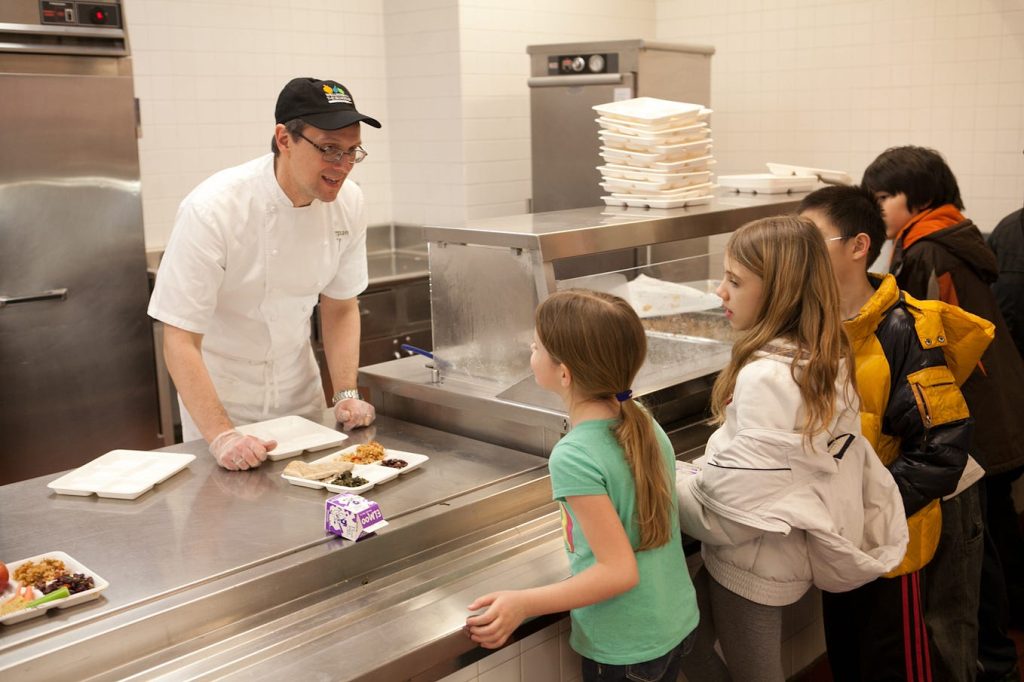Future-ready cafeterias in schools are undergoing a transformative shift, integrating cutting-edge technology to enhance the overall dining experience and improve efficiency in school food services. With the rapid advancement of technology, these cafeterias are leveraging innovative solutions to meet the evolving needs of students, educators, and staff. One prominent aspect of this transformation is the implementation of smart ordering systems, allowing students to pre-order meals through mobile apps or kiosks. This not only streamlines the process but also reduces wait times, ensuring that students have more time to enjoy their meals and engage in other activities during their lunch break. Moreover, the incorporation of automated food preparation systems and robotics is revolutionizing the way meals are prepared and served. Smart kitchen equipment, such as robotic chefs and automated cooking stations, not only improves efficiency but also ensures consistency in the quality and nutritional content of meals. These advancements contribute to healthier food options, addressing concerns about childhood nutrition and promoting overall well-being.

Additionally, smart cafeterias are integrating data analytics to monitor and analyze dietary trends, enabling schools to tailor their menus to meet the specific nutritional needs and preferences of their student population. In the realm of sustainability, future-ready cafeterias are embracing eco-friendly practices. From compostable packaging to waste-reducing initiatives, schools are incorporating technology to minimize their environmental footprint. Smart waste management systems equipped with sensors and data analytics help schools track and optimize their waste disposal processes, promoting a more sustainable approach to school food services. This commitment to environmental responsibility not only instills a sense of social consciousness in students but also sets an example for the broader community. Furthermore, the integration of augmented reality AR and virtual reality VR technologies is enhancing the overall dining experience in future-ready cafeterias. These immersive technologies can be used to educate students about the nutritional value of their meals, making the dining experience both informative and enjoyable.
Virtual dining environments also provide an opportunity for students to explore different cultures and cuisines, fostering a more diverse and inclusive atmosphere within the school community. In terms of convenience, cashless payment systems and biometric authentication are becoming commonplace in these tech-integrated cafeterias. Students can make purchases with a simple scan of their fingerprint or through RFID-enabled cards, eliminating the need for physical cash transactions. This not only speeds up the payment process but also enhances security and accountability in school cafeterias. In conclusion, future-ready cafeterias are at the forefront of technological innovation of HSFCsolutions, utilizing smart systems, robotics, data analytics, and immersive technologies to create a more efficient, sustainable, and enjoyable dining experience for students. As schools continue to prioritize the well-being of their students and the environment, these tech-integrated food services pave the way for a healthier, more connected, and future-ready educational ecosystem.
